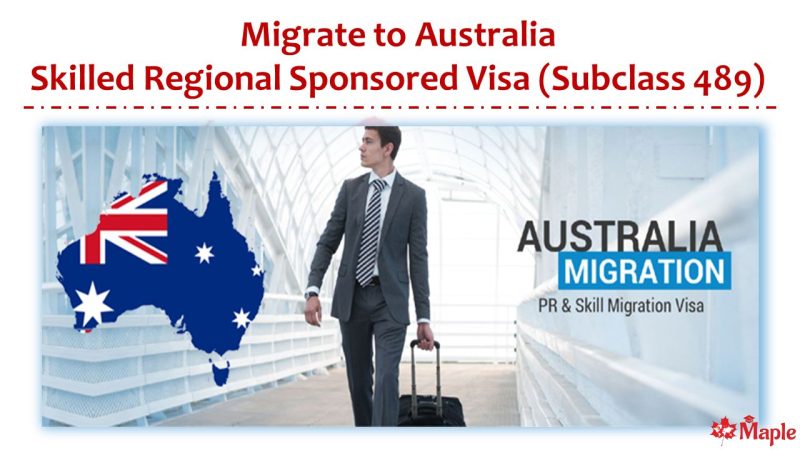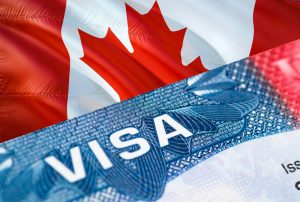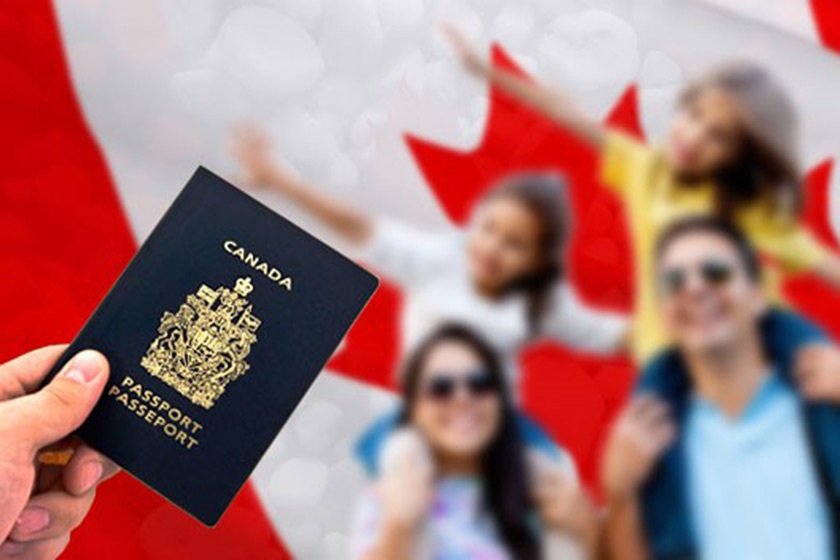13 ways to migrate to Australia in 2024
Australia has a strong economy, a rich culture, and a reputation for being a kind nation that draws immigrants from all over the world. With plans to bring in a sizable influx of newcomers in 2024, there are plenty of options for anyone looking to relocate to Australia. Australia provides a variety of choices to meet your needs, including family sponsorship, temporary employment, permanent residency, and refugee resettlement. We’ll look at 13 different methods to migrate to Australia in 2024 in this thorough guide, including humanitarian routes, family visas, business and investment options, and skilled migration programmes.
Let’s now take a closer look at each of these 13 migration strategies for Australia in 2024.
Is Australia Good for Immigration?
Of course! Australia is a popular destination for migrants looking for new chances due to its high level of living, first-rate healthcare and education systems, and rich cultural landscape. Australia’s robust economy, coupled with its emphasis on innovation and multiculturalism, creates an inviting atmosphere that enables immigrants to establish prosperous lifestyles.
- Quality of Life: Together with access to top-notch social services, healthcare, and education, as well as breathtaking natural scenery and outdoor recreation opportunities, Australia offers a high standard of living.
- Employment Opportunities: Due to its booming economy and the need for skilled labour in a variety of industries, Australia offers a wide range of employment prospects to migrants.
- Multicultural Society: Australia promotes a sense of belonging for all citizens by embracing cultural variety and encouraging immigrants to celebrate their history while assimilating into society..
- Business and Investment Environment: With a variety of visa options available for anyone wishing to create enterprises or engage in the nation’s economy, Australia provides advantageous conditions for investors and entrepreneurs.
- Immigration Policies: Australia offers a variety of immigration channels to potential immigrants in order to attract skilled workers, reunite families, and protect refugees and asylum seekers.
13 ways to migrate to Australia in 2024
1. Skilled Independent Visa (subclass 189)
A points-based visa for skilled workers who are not sponsored by an employer, a state, or a family member is the Skilled Independent Visa (subclass 189). To be eligible for this visa, applicants must fulfil certain requirements regarding their age, occupation, level of English language competence, and skills evaluation..
2. Skilled Nominated Visa (subclass 190)
When a skilled person is nominated by an Australian state or territory government, they can live and work permanently in Australia with the help of the Skilled Nominated Visa (subclass 190), a points-based visa. To be eligible for this visa, applicants must fulfil the requirements for a nominated occupation and secure a nomination from the government of a state or territory..
3. Employer-Sponsored Visas
Australia provides a range of visas sponsored by employers, such as the subclass 482 Temporary Skill Shortage (TSS) visa and the subclass 186 Employer Nomination Scheme (ENS) visa. Employers can sponsor skilled workers with these visas to fill occupations that Australian workers are unable to fill.
4. Business Innovation and Investment Visa (subclass 188)
Entrepreneurs, investors, and business owners who want to start or grow a business in Australia can apply for the Business Innovation and Investment Visa (subclass 188). The Business Innovation and Investment (Permanent) visa (subclass 888) offers a route to permanent residency, allowing holders of this visa to live and work in Australia for a limited time.
5. Family Visas
For spouses, parents, kids, and other qualifying relatives of Australian citizens, permanent residents, and qualified citizens of New Zealand, Australia offers a variety of family visas. Family visas come in several varieties, each with unique qualifying standards and conditions. These include partner, parent, child, and other family visas.
6. Student Visas
With a student visa (subclass 500), which entitles holders to enrol in a registered course of study at an Australian educational institution, international students can study in Australia. After graduating, students might be qualified to apply for skilled migration pathways or post-study work rights, which would allow them to stay in Australia indefinitely..
7. Humanitarian Visas
For refugees and asylum seekers who have left their home countries due to persecution, violence, or violations of human rights, Australia offers humanitarian visas. The Refugee and Humanitarian (Class XB) visa (subclass 200-204) and the Protection visa (subclass 866) are examples of humanitarian visas that provide protection and assistance to individuals who are in need.
8. Regional Visas
The regional visa initiatives of Australia are designed to incentivize skilled migrants to settle and work in areas of the nation where labour is in high demand across a range of industries. The Regional Sponsored Migration Scheme (RSMS) visa (subclass 187) and the Skilled Regional (Provisional) visa (subclass 491) are two examples of regional visas that necessitate residency and employment in a certain regional area..
9. Global Talent Visa
Highly qualified people in targeted fields including technology, science, engineering, and research are drawn to Australia by the Global Talent Visa programme to live and work there permanently. For skilled workers who can support Australia’s innovation and economic expansion, this visa offers a quick route to permanent residence..
10. Business Talent Visa (subclass 132)
High-caliber business owners and entrepreneurs who are prepared to invest in Australia’s economy and generate employment are eligible for the Business Talent Visa (subclass 132). This visa gives holders the ability to launch a new company or expand an existing one in Australia. Succeeding applicants can apply for a pathway to permanent residency.
11. Working Holiday Visas
For young individuals between the ages of 18 and 30 (or 35 in some countries), Australia provides Working Holiday visas (subclass 417 and 462) that allow them to come, work, and travel for a maximum of 12 months. Holders of a working holiday visa can work temporarily to help pay for their travel expenses and get a taste of Australian culture.
12. Graduate Visas
International graduates who have finished their degree programme in Australia may be qualified for the Graduate visa (subclass 485), which entitles holders to a temporary residence, study permit, and employment in Australia. With the help of this visa, fresh graduates can investigate other immigration alternatives and obtain useful work experience.
13. Skilled Regional Visas (subclass 887)
For skilled individuals who have resided and worked in regional Australia for at least two years on a specified visa, there is a subclass 887 visa known as the Skilled Regional visa. This visa offers holders a pathway to citizenship for qualified candidates and permits them to live and work in Australia permanently..
Conclusion
Families and individuals looking to start over in Australia have access to a variety of immigration routes. There are solutions available to assist you in achieving your migration goals, regardless of your profession—skilled worker, business owner, student, or humanitarian immigrant. By looking over this guide’s 13 suggestions for moving to Australia in 2024, you may select the one that most closely matches your goals and situation.






